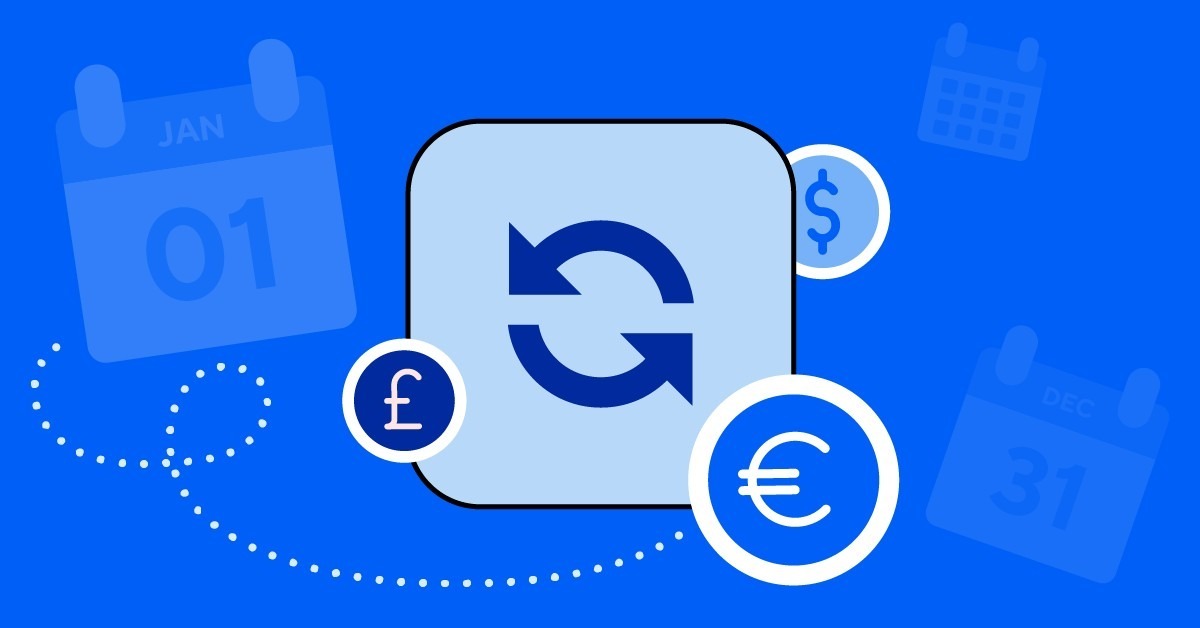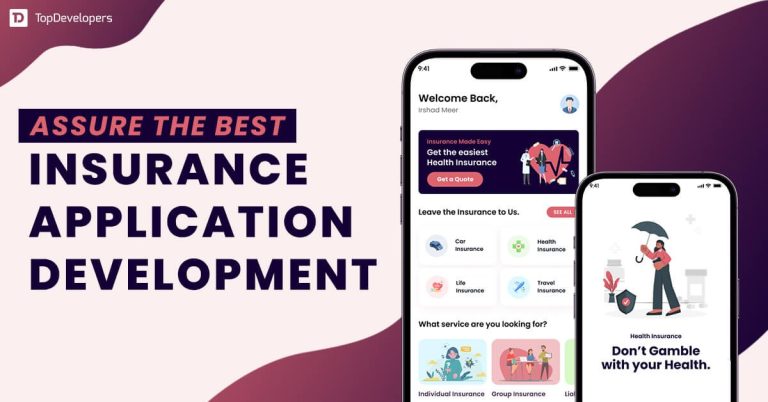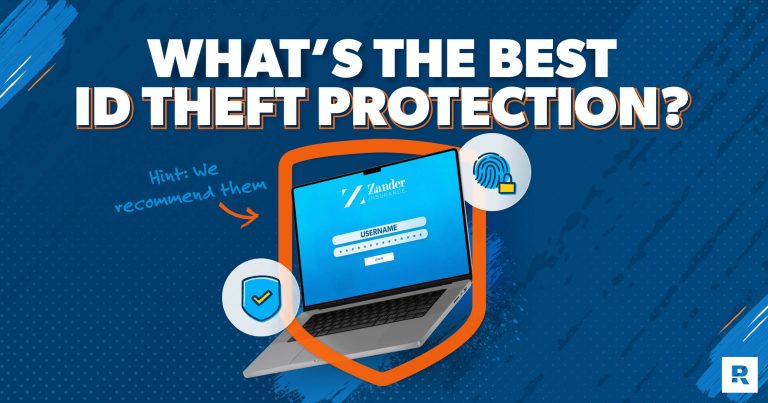Why More Apps Are Moving to the Subscription Model
The shift toward subscription models in the app economy has become increasingly noticeable, and it’s not just a passing trend—it’s a strategic evolution. More developers and companies are embracing subscriptions as a way to create sustainable revenue, deepen user engagement, and deliver ongoing value. While the traditional one-time purchase model still exists, it’s being eclipsed by the recurring revenue approach, which offers distinct advantages for both creators and consumers. Understanding why this transition is happening requires a look at the economics of software, the expectations of users, and the changing dynamics of digital consumption.
For developers, the subscription model provides financial stability that’s hard to achieve with one-off sales. When an app is sold for a flat fee, the revenue is front-loaded, and future updates or support are often expected without additional compensation. This can create a mismatch between the cost of maintaining and improving the app and the income it generates. Subscriptions, on the other hand, offer a predictable stream of revenue that supports ongoing development. It allows teams to invest in new features, fix bugs, and respond to user feedback without relying on sporadic spikes in sales. This continuity benefits users as well, who receive regular updates and improvements rather than waiting for major releases.
User expectations have also evolved. Today’s app users are accustomed to dynamic, cloud-connected experiences that grow and adapt over time. Whether it’s productivity tools, fitness trackers, or creative software, people expect their apps to stay current and relevant. The subscription model aligns with this mindset by framing the app as a service rather than a static product. It encourages developers to think in terms of long-term value and customer satisfaction, rather than short-term transactions. This shift in perspective fosters better user experiences and more responsive development cycles.
From a business standpoint, subscriptions offer valuable insights into user behavior. With recurring billing, companies can track retention, churn, and engagement more effectively. These metrics help identify what’s working, what needs improvement, and how to tailor offerings to different segments. It’s a feedback loop that’s harder to establish with one-time purchases, where the relationship often ends at the point of sale. Subscriptions create an ongoing dialogue between the app and its users, enabling more personalized and data-driven decisions.
The app marketplaces themselves have played a role in encouraging this shift. Platforms like Apple’s App Store and Google Play have refined their support for subscriptions, offering better tools for managing billing, trials, and renewals. They’ve also adjusted their revenue-sharing models to incentivize long-term subscriptions, making it more attractive for developers to adopt this approach. As the infrastructure improves, the barriers to entry for subscription-based apps continue to fall, opening the door for more creators to explore this model.
Consumers, too, are becoming more comfortable with subscriptions. Streaming services, cloud storage, and digital media have normalized the idea of paying monthly for access rather than ownership. This cultural shift makes it easier for app developers to position their offerings as part of a broader ecosystem of services. When users see the value in ongoing access, support, and updates, they’re more willing to commit to a subscription. The key is delivering consistent value that justifies the recurring cost. Apps that do this well—by solving real problems, saving time, or enhancing productivity—tend to thrive under the subscription model.
Of course, the move to subscriptions isn’t without its challenges. Users may feel overwhelmed by the number of services vying for their monthly budget, leading to subscription fatigue. Developers must be careful not to overpromise or underdeliver, as the recurring nature of the model demands continuous engagement. Transparency, flexibility, and clear communication are essential to building trust and retaining subscribers. Offering free trials, tiered pricing, and easy cancellation options can help mitigate resistance and demonstrate confidence in the product’s value.
Some critics argue that subscriptions can lead to a fragmented experience, where users must juggle multiple accounts and payments. There’s also concern about accessibility, as recurring fees may exclude users who prefer or rely on one-time purchases. These are valid considerations, and they highlight the importance of thoughtful implementation. Not every app is suited for a subscription model, and developers must weigh the benefits against the potential drawbacks. In some cases, a hybrid approach—offering both subscriptions and one-time purchases—can strike the right balance.
Ultimately, the rise of the subscription model reflects a broader transformation in how software is created, delivered, and consumed. It’s about building relationships rather than transactions, and about aligning incentives between developers and users. When done well, subscriptions can lead to better products, more responsive support, and a healthier ecosystem for innovation. As the digital landscape continues to evolve, the subscription model is likely to remain a central pillar of the app economy, shaping how we interact with technology and how businesses sustain themselves in a competitive market.







